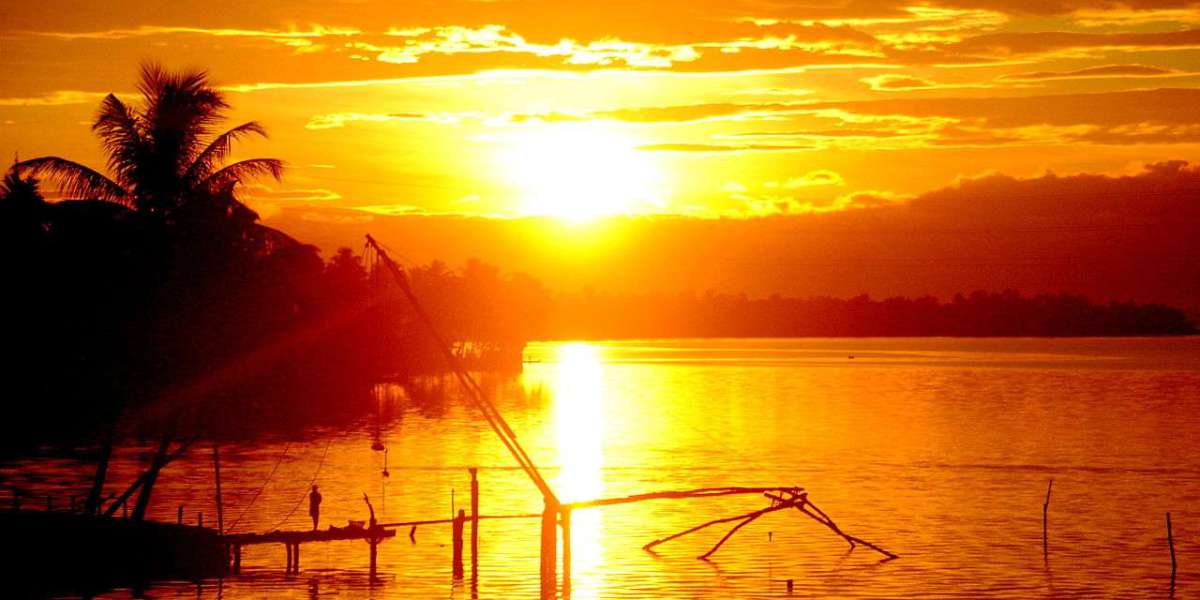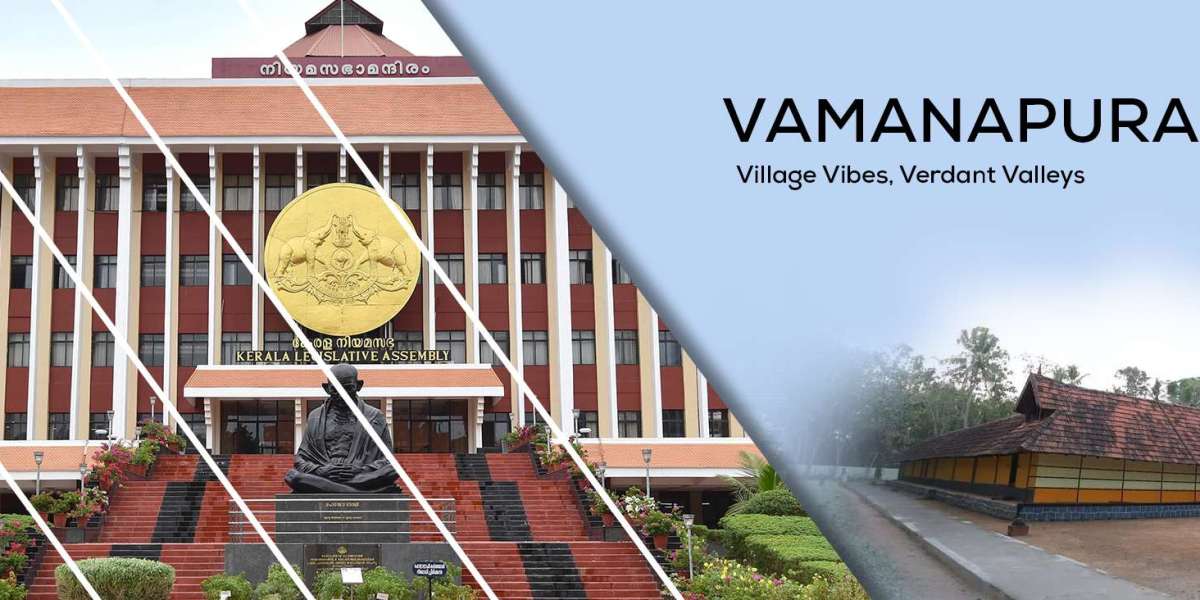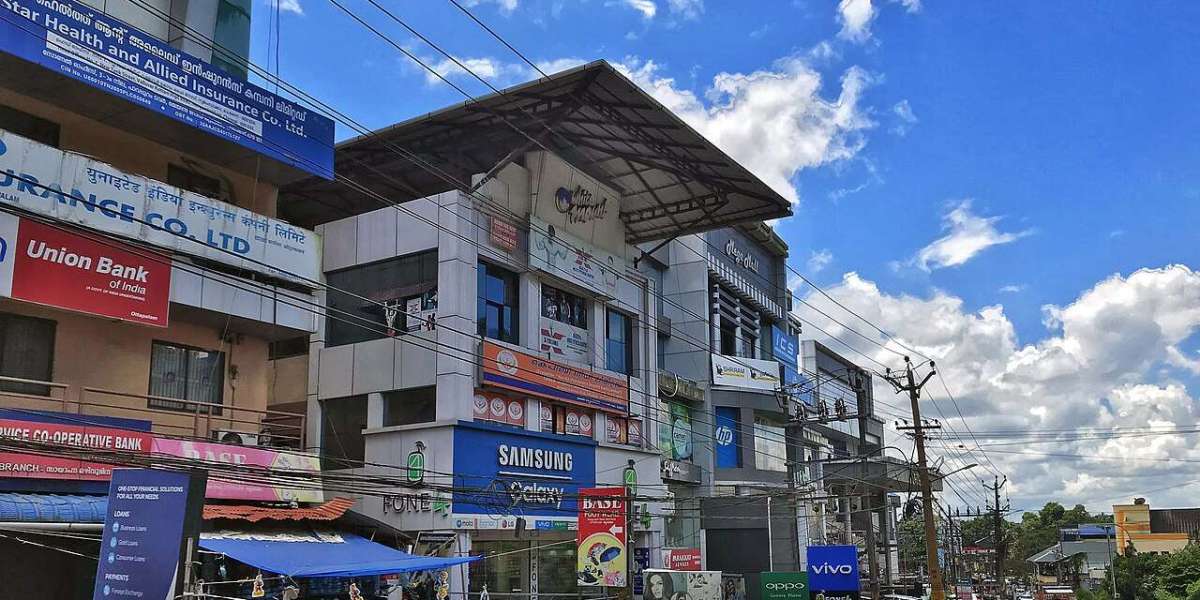Demographics
As of the 2011 census and voter rolls by 2021, the constituency had around 190–200 thousand
electors, with a female-to-male ratio favoring females (1,005 to 1,054). The Scheduled Caste
population was approximately 12.6%, and literacy stood at around 96.3%—both reflecting Kerala’s
high socioeducation standards. Religious composition among the broader district population reveals
a mix of Hindus (~55%), Muslims (~26%), and Christians (~18%).
Economic Peculiarities
Aroor’s economy is notably shaped by its coastal geography:
Blue economy is significant: seafood export processing is a key industry, supported by
shrimp and prawn aquaculture across Ezhupunna and neighboring wards. Multiple
processing units supply the Cochin port for international trade.
Agriculture exists in limited pockets inland, but primary livelihoods derive from fisheries and
allied businesses.
Trade and small businesses thrive in coastal towns, with related services, logistics, and coir-
based microindustries also contributing.
NRI remittance plays a supportive role but is less dominant compared to fishingbased
income.
Economic Strata
The majority of residents belong to the middleincome group—most households earn livelihoods
through seafood processing, fishing-related trades, or small coastal businesses. Though the
blueeconomy loop supports steady earnings, BPL households are comparatively few. Highincome
households are rare, generally tied to ownership of export units or larger-scale enterprise.
Recent Development Features
Recent years have seen large infrastructure and civic upgrades:
As part of NH66 expansion, the Aroor–Thuravoor elevated expressway project has
progressed with elevated pillars and flyover works, aimed at decongesting traffic between
Kochi and Alappuzha.
Railtrack doubling along the Ernakulam–Ambalapuzha route is underway, prompting
landacquisition concerns. Local groups are demanding fair compensation and pathway
access.
Election infrastructure enhancements led to webcasting in 46% of polling booths during the
2021 vote to reduce doublevoting and improve transparency.
Multicrore public works investments totaling approximately Rs 1,200 crore have targeted
roads, bridges (including the Perumbalam Island bridge), electrification, and new digital info
park proposals linking Aroor to broader job and trade corridors.
With 159 polling stations, Aroor Assembly Constituency is defined by its coastal geography and
reliance on fisheries and seafood export—supplemented by small businesses and moderate
remittance inflows. Its residents are largely urbanoriented, literate, and firmly middle class. Recent
investments in connectivity, boating, expressway infrastructure, polling modernization, and
fisherybased commerce underscore a constituency steadily advancing its socioeconomic prospects
rooted in coastal strength.







